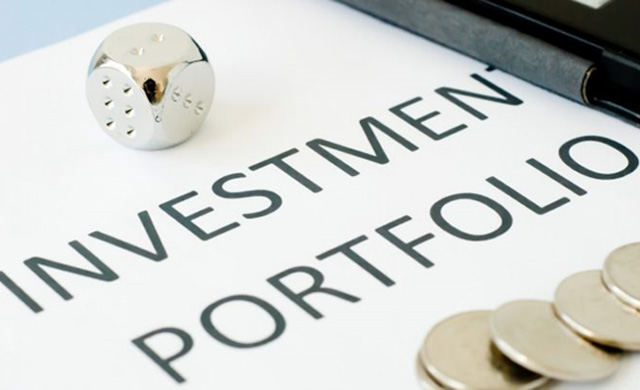I bought TClarke (LSE:CTO) in November 2015, a time when it was still struggling to get over the construction industry recession. Back then it had many unprofitable legacy contracts for the installation of the electrical and mechanical parts of buildings: prices in the industry had been held down by competing sub-contractors too keen to maintain turnover at the expense of margin. In those days TClarke was less differentiated from the others in its industry and so unable to charge a premium price.
But even in 2015 the company was determined and, more importantly, able to start insisting on higher margins for new contracts. Its customers – the major construction companies of tower blocks and other complex buildings – realised that there are few electrical and mechanical subcontractors with the necessary expertise and breadth of talent to be able to take on fitting out of a modern building with all the electrical and mechanical wiring, heating, IT, plumbing, etc.
They need to “partner” with a trusted firm that can reliably offer a complete package. The benefits of TClarke now being market leader in Mechanical and Electrical (M&E) work is now being seen in the raised margins (and profits) it can charge.
Since I bought the shares, profits have risen from virtually nothing to over £5m after tax. I bought at 79.16p, and they are now 83.6p – moving up by only 6% over two and half years (but I have taken away 6.3p in dividends). Market capitalisation is £35m.
So, the question is: given that so much has gone right for this company over the last two and half years, but the shares have been almost static, are they even more of a “buy” in 2018 than in 2015, or has something happened to suggest caution is required?
(Previous Newsletters on TClarke: 5th – 10th November 2015, 19th and 26th November 2015, 19th – 22nd April 2016, 9th May 2016, 19th – 22nd April 2017)
Cyclically adjusted price earnings ratio, CAPE
TClarke shares were bought for my Modified cyclically adjusted price earnings ratio portfolio. Back in 2015, using the average earnings over the prior ten years the shares stood on a CAPE of 8.4 on the basis of reported “basic” earnings, and a CAPE of 7.3 using the manager’s “adjusted” earnings numbers. Both were well below the market average of 13 or 14.
| Pence per share | EPS (Basic) | EPS (“adjusted”) | Dividend |
| 2005 | 14.3 | 14.3 | 10.5 |
| 2006 | 11.3 | 11.3 | 11.025 |
| 2007 | 14.33 | 14.33 | 12 |
| 2008 | 22.12 | 26.67 | 13 |
| 2009 | 10.03 | 12.51 | 13 |
| 2010 | 8.91 | 12.44 | 8.5 |
| 2011 | 9.69 | 7.34 | 3 |
| 2012 | 2.05 | 4.4 | 3 |
| 2013 | 2.51 | 4.14 | 3.1 |
| 2014 | -1.58 | 1.06 | 3.1 |
| 2015 | 0.13 | 8.16 | 3.1 |
| 2016 | 5.45 | 11.60 | 3.2 |
| 2017 | 13.44 | 12.37 | 3.5 |
| AVERAGE | 8.67 | 10.82 |
Here are the CAPEs for today, using…………
………………To read the rest of this article, and more like it, subscribe to my premium newsletter Deep Value Shares – click here http://newsletters.advfn.com/deepvalueshares/subscribe-1

 Hot Features
Hot Features












